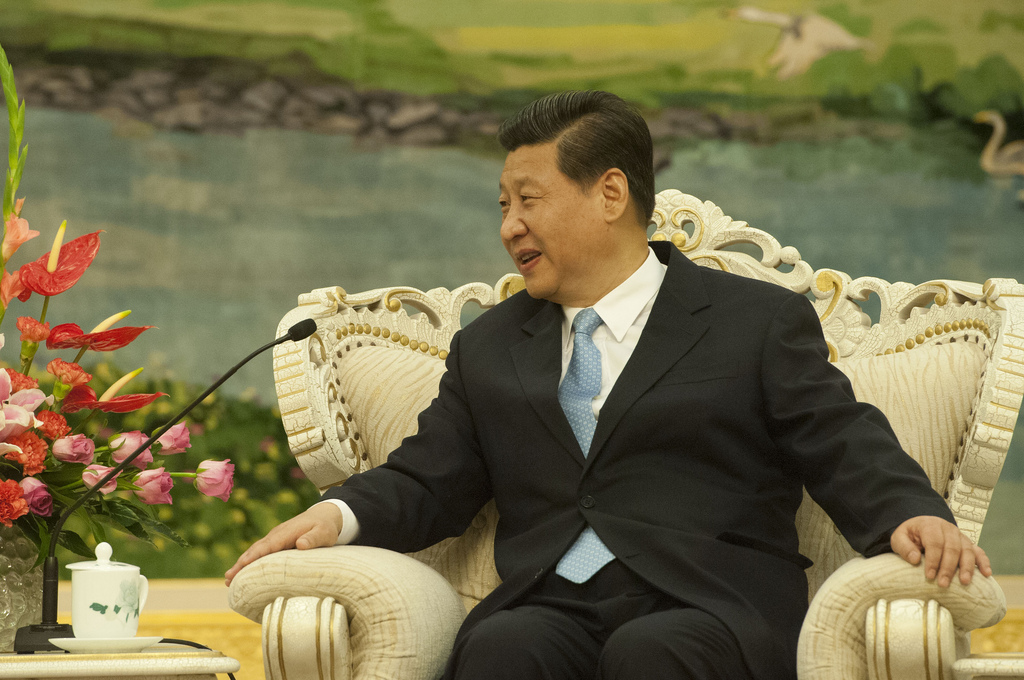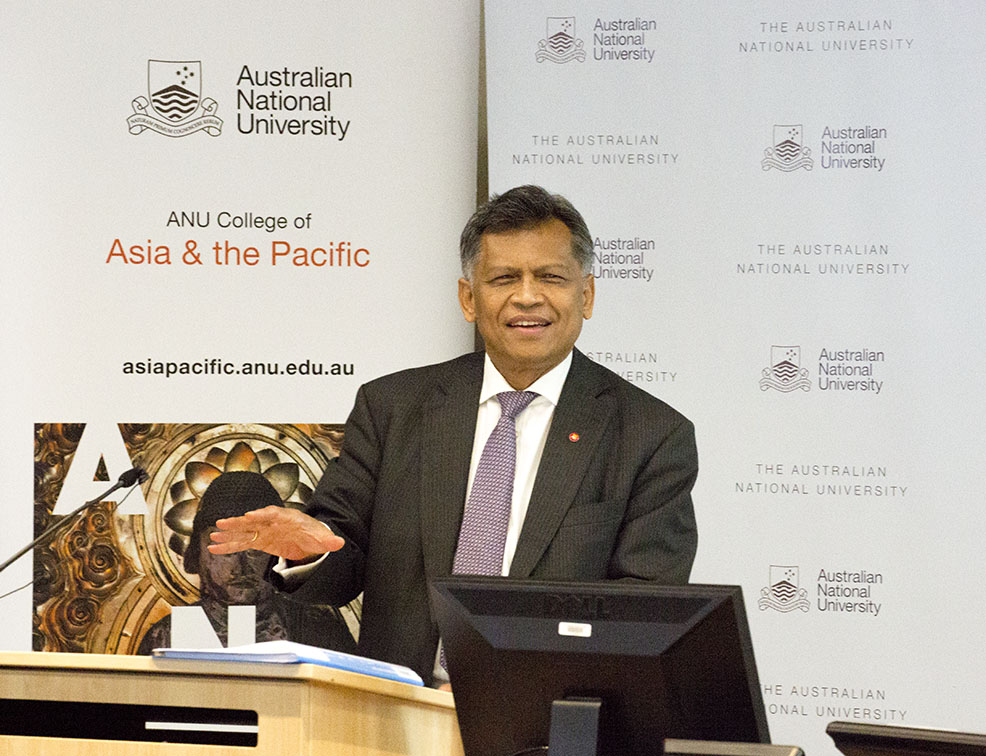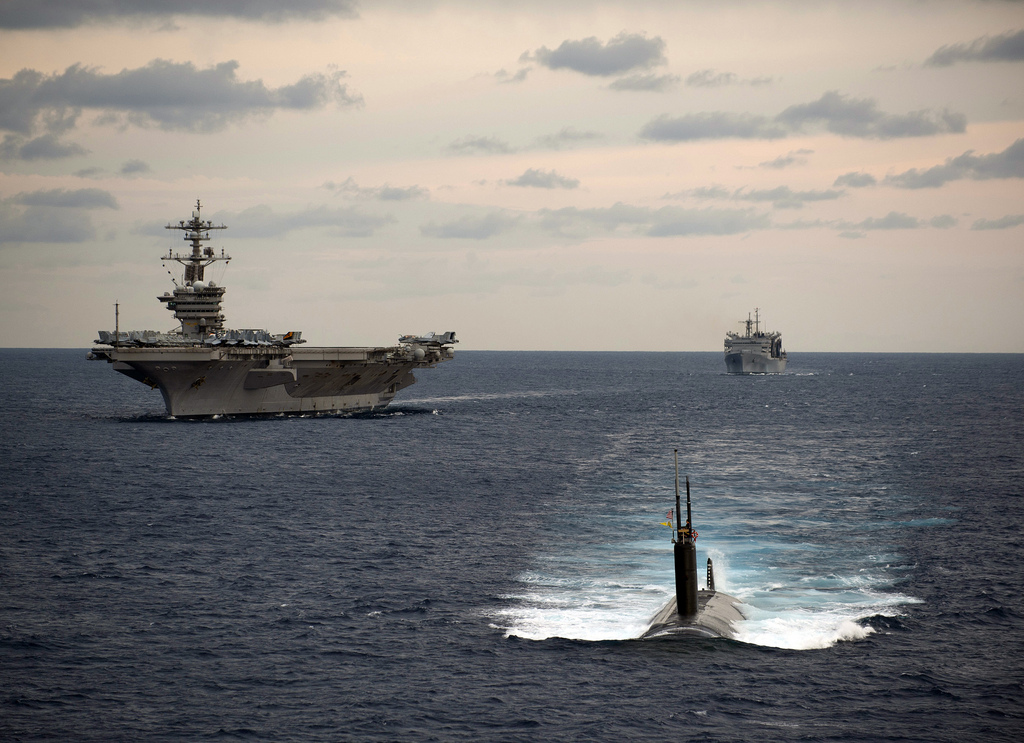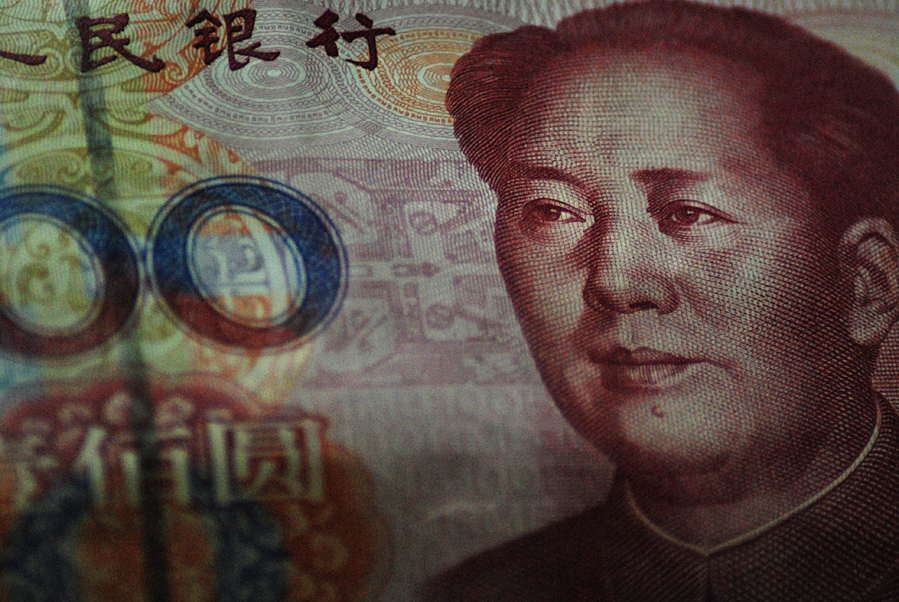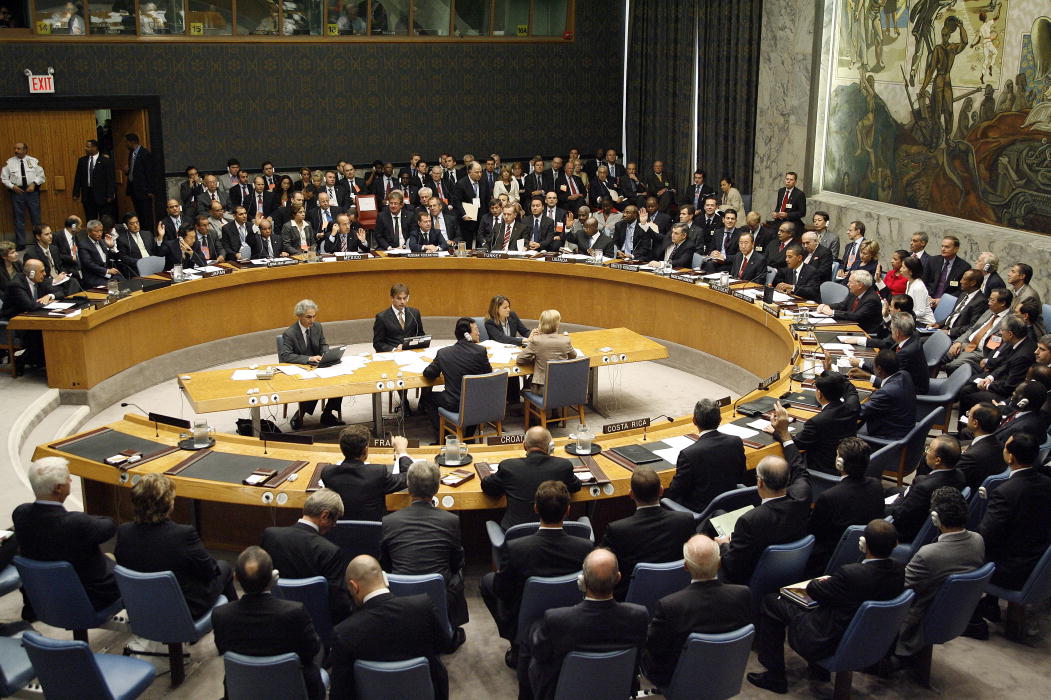With the upcoming US presidential election on 6 November, we’ve put together a special edition ‘ASPI suggests’ of reports and articles relating to US defence policy and spending.
Defence policy and spending
One of the key issues in US defence is sequestration. To help you get across the issues, here’s a good primer. Although sequestration hasn’t happened yet, Deputy Defense Secretary Ashton Carter has directed the Pentagon to ‘continue normal spending and operations’ in order to avoid the ‘harmful effects’ of spending cuts while they still can.
Turning to the third Presidential debate on foreign policy, Mitt Romney’s concerned about the US’ lack of ships. Over at Bloomberg, Gopal Ratnam has penned a piece on why that’s an imprecise measure of naval power. And whoever wins the election might have some tough decisions to make about the future of fighter aircraft development in the United States, according to no less than Aviation Week.
Next, for those graph tragics following the election itself, this New York Times graphic tracking the voting pattern of swing states is nothing if not eye catching.
Key advisers on defence and security
Both President Obama and Governor Romney have assembled teams to advise on defence and security matters. We’ve identified two important individuals who are shaping options for the next administration.
Michèle Flournoy served as Under Secretary of Defense for Policy in the Department of Defense from February 2009 to February 2012. In this role, she was the most senior woman ever to have served in the Department of Defense and a close adviser to President Obama on Afghanistan and other security issues. She recently moved to the Boston Consulting and has been active in a leadership group advising Obama on second term defence and security policy options.
In this September interview at the Fletcher Forum, Flournoy sets out some of the key challenges facing a second term Obama administration. She says,
The thing that would worry me most if he were not re-elected is that there is a lot that’s been done to restore respect for America as a country that champions the rule of law in the international system. There’s a lot that’s been done to restore our reputation for working well with others, for seeking to create and strengthen alliances and bring together coalitions.
There is also some good career advice here for women thinking of working in Defence organisations.
Probably the sharpest exchange between Obama and Romney in the third presidential debate was over the numbers of ships in the US Navy. One of Romney’s lead advisers on Defence is John Leaman, who at age 38 was made Secretary of the Navy in the Reagan administration, and was the author of the then plan for a 600-ship Navy.
Here Leaman sets out his views on plans for the Navy in a Romney administration. He reveals plans to create an 11th carrier air wing, one for each aircraft carrier; to continue F/A-18 Super Hornet strike fighter production; to build up the amphibious fleet up to the Marine Corps’ requirement of 39 ships; to procure an entirely new battle-group-deployable class of frigate, along with a class of ballistic missile defence ships. These would be important developments for Australia and in all probability would impact on our own plans for Super Hornet acquisition and for BMD capability on the Air Warfare Destroyers.
Events
Australia’s Ambassador to China, HE Ms Frances Adamson will be delivering two presentations during November. Ms Adamson’s first appearance will be a Griffith University-hosted seminar on Australia’s relations with China at the Gallery of Modern Art, Brisbane on 8 November at 5.30pm. Her second is a business lunch hosted by Asialink and the Australia China Business Council at the Langham Hotel, Melbourne on 9 November at 12pm.
The Kokoda Foundation will be hosting Susan Eisenhower, American expert on nuclear energy and US–Russia relations and President of the Eisenhower Group, for a workshop called ‘Why strategy matters’. The workshop will be held on Wednesday 14 November at the Hyatt, Canberra. Registration required.
For Perth-based readers, Curtin University will be holding its 4th Annual National Security & Strategy Workshop (look out for ASPI’s very own Tobias Feakin who’ll be presenting) on Friday 9 November at the Crown, Perth. Registration required.

